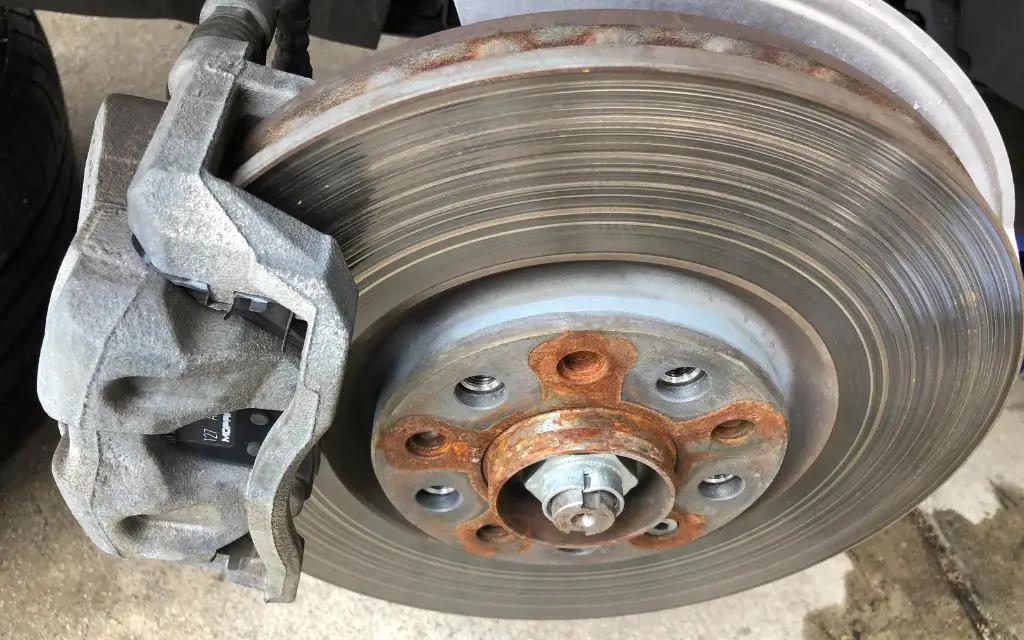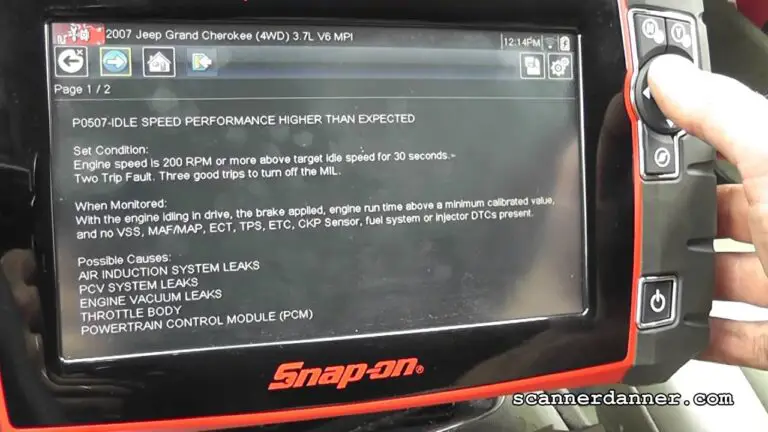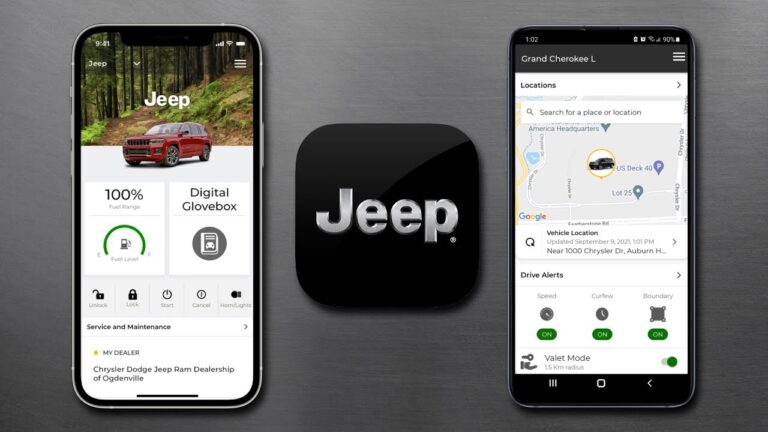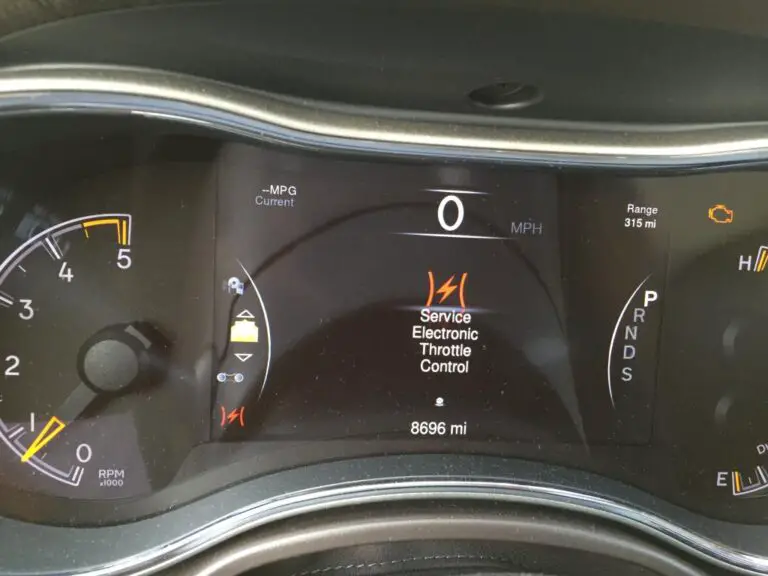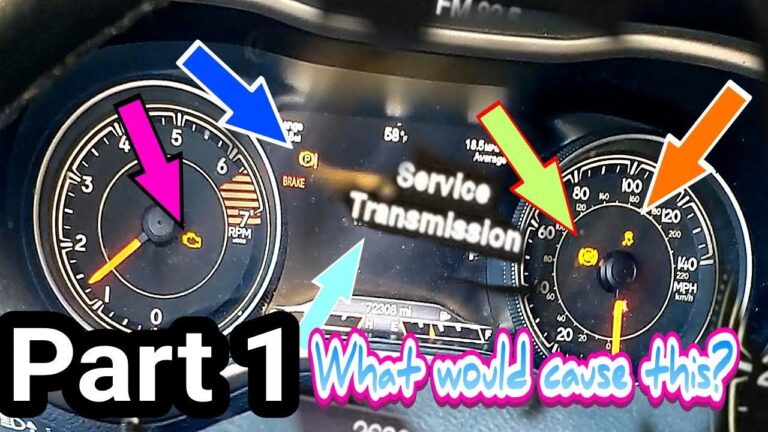Jeep Renegade Won’t Start Brake Locked: How to Fix It?
If your Jeep Renegade won’t start due to a locked brake, you can fix it by retracting the electric parking brake manually or by checking for any vacuum system leaks. Jeep Renegade vehicles may experience a situation where the brake pedal is hard and the car won’t start.
This can be caused by insufficient vacuum pressure in the system, which may indicate a leak. In order to fix this issue, you can manually retract the electric parking brake or check for any vacuum system leaks.
We will discuss the steps to take if your Jeep Renegade won’t start due to a locked brake.
By following these steps, you can get your vehicle up and running again in no time.
Understanding The Brake Lock Issue
If your Jeep Renegade won’t start due to a brake lock issue, there are a few potential fixes to consider.
This includes checking for a dead or low battery, a faulty alternator, a defective starter, or an exhaust brake vacuum.
Ensure the diagnosis of the problem accurately for an effective repair strategy.
If you’re experiencing problems with your Jeep Renegade not starting and the brake is locked, it can be frustrating and inconvenient. Understanding the brake lock issue is crucial to finding a solution.
Here, we’ll discuss the possible causes of a brake lock issue, the signs and symptoms to look out for, and how a brake lock can affect the starting of your Jeep Renegade.
Possible Causes Of A Brake Lock Issue:
- Brake fluid leak: A leak in the brake system can cause the brake pedal to lock. Check for any signs of fluid leakage and have any leaks repaired promptly.
- Faulty brake caliper: A faulty brake caliper can cause the brake pads to stay engaged, resulting in a locked brake. If you suspect a faulty caliper, have it inspected and replaced if necessary.
- Brake master cylinder issue: A malfunctioning brake master cylinder can lead to a locked brake pedal. If you’re experiencing this issue, have the master cylinder examined and replaced if needed.
- Frozen brake components: In cold weather conditions, water can freeze in the brake lines or calipers, causing the brakes to lock. Make sure to park your Jeep in a heated area or use a garage during winter months.
Signs And Symptoms Of A Brake Lock Issue:
- Inability to depress the brake pedal: If your brake pedal feels rigid and cannot be depressed, it indicates a brake lock issue.
- Difficulty starting the Jeep: When the brake is locked, it can prevent the Jeep Renegade from starting. This is because the vehicle requires the brake pedal to be engaged for it to start.
- Dashboard warning lights: In some cases, you may notice warning lights illuminating the dashboard when the brake is locked. Pay attention to any warning lights and have them inspected by a professional.
How A Brake Lock Affects The Starting Of A Jeep Renegade:
When the brake is locked in a Jeep Renegade, it can prevent the vehicle from starting. The Jeep Renegade’s starting mechanism requires the brake pedal to be engaged in order to start the engine.
So, if the brake pedal is locked and cannot be depressed, the engine won’t be able to start.
It’s important to address the brake lock issue promptly to get your Jeep Renegade back on the road.
Remember, when dealing with a brake lock issue, it’s always recommended to consult with a qualified mechanic who can diagnose and fix the problem accurately.
Troubleshooting Brake Lock Issue
If your Jeep Renegade won’t start because the brakes are locked, you can fix it by retracting the electric parking brake.
Follow a step-by-step process to release the parking brake manually, ensuring that the ignition switch is in the “RUN” position.
If you’re facing a brake lock issue in your Jeep Renegade causing it not to start, there are a few troubleshooting steps you can take to fix the problem.
Here are three areas to check:
Checking The Vacuum System For Leaks:
- Insufficient vacuum pressure can cause the brake pedal to feel hard and prevent the engine from engaging.
- Check for leaks in the vacuum system using these steps:
- Start the engine and let it idle.
- Locate the vacuum lines connected to the brake booster.
- Inspect the lines for any cracks, holes, or loose connections.
- Use a can of carburetor cleaner or propane torch (with caution) to test for leaks. Spray or run the propane torch around the vacuum lines and connections while the engine is running. If you notice any change in engine RPM, it indicates a leak.
- Replace any damaged or faulty vacuum lines or connections as necessary.
Inspecting The Brake Pedal And Brake Switch:
- A faulty brake pedal or brake switch can cause the brake to lock, preventing the engine from starting.
- Follow these steps to inspect the brake pedal and brake switch:
- Check the brake pedal for any obstructions or mechanical issues. Ensure it moves freely without any resistance.
- Inspect the brake switch located near the top of the brake pedal. Look for any visible damage or loose connections.
- Test the brake switch functionality by pressing and releasing the brake pedal while observing the brake lights. If the brake lights don’t illuminate or stay on continuously, the switch may need to be replaced.
- If you suspect a faulty brake switch, consult your vehicle’s manual or a professional mechanic for further guidance and replacement.
Testing The Ignition System And Battery:
- A weak battery or malfunctioning ignition system can also contribute to a brake lock issue.
- Perform the following steps to test the ignition system and battery:
- Check the battery voltage using a voltmeter. Ensure it has sufficient charge (around 12.6 volts). If the battery voltage is low, recharge or replace it.
- Inspect the battery terminals for any corrosion or loose connections. Clean the terminals if necessary.
- Test the ignition system by turning the key to the “ON” position and observing the dashboard lights. If the lights are dim or flickering, it indicates a potential issue with the ignition system.
- Consult a professional mechanic or refer to your vehicle’s manual for specific troubleshooting steps related to the ignition system.
Remember, if you’re unsure about performing any of these troubleshooting steps yourself, it’s always best to consult a qualified mechanic or refer to your vehicle’s manual for detailed instructions.
Resolving The Brake Lock Issue
Have trouble starting your Jeep Renegade due to a brake lock issue? Learn how to fix it with simple steps and avoid costly repairs.
If you’re experiencing a brake lock issue with your Jeep Renegade, don’t worry. There are a few simple steps you can take to fix it.
Follow these instructions to resolve the brake lock problem:
Resetting The Parking Brake Manually:
- Make sure the ignition switch is in the “RUN” position.
- Place your foot on the brake pedal.
- Push the park brake switch down momentarily.
- The brake warning lamp and the switch indicator will extinguish once the park brake is fully disengaged.
- The park brake can also be automatically released.
Unlocking The Brake Pedal Using The Parking Brake On/Off Button:
- Locate the parking brake on/off button in your Jeep Renegade.
- Press and hold the button to unlock the brake pedal.
- This should release the brake lock and allow you to start the Jeep Renegade.
Retracting The Electric Parking Brake:
- Turn on the ignition.
- Navigate to the radio settings.
- Find the option to enter brake service mode.
- Once in brake service mode, you can retract the electric parking brake.
- Follow the instructions provided on the screen to complete the process.
- Once the electric parking brake is retracted, you should be able to start the Jeep Renegade.
By following these steps, you should be able to fix the brake lock issue and get your Jeep Renegade up and running again.
Remember to always consult the owner’s manual for specific instructions related to your vehicle model.

Credit: www.amazon.com
FAQs On Jeep Renegade Won’T Start Brake Locked
What Does It Mean When Your Brake Pedal Is Hard And Car Won’t Start?
A hard brake pedal and a car that won’t start may indicate insufficient vacuum pressure from a leak in the vacuum system.
How Do You Unlock The Brake Pedal On A Jeep Renegade?
To unlock the brake pedal on a Jeep Renegade, press down on the park brake switch while the ignition switch is in the RUN position. This will disengage the park brake and the warning lamp will turn off.
How Do You Reset The Parking Brake On A Jeep Renegade?
To reset the parking brake on a Jeep Renegade, follow these steps:1. Make sure the ignition switch is in the “RUN” position. 2. Press your foot on the brake pedal. 3. Push the park brake switch down momentarily. 4. The park brake will be fully disengaged when the BRAKE warning lamp and switch indicator turn off.
5. The park brake can also be automatically released. Remember to follow these steps carefully to reset the parking brake on your Jeep Renegade.
What To Do When Jeep Renegade Won’T Start?
If your Jeep Renegade won’t start, try correcting the issue by checking the alternator, starter, battery, ignition system, or fuel system. Diagnosis is key to determining the repair cost.
Conclusion
If you’re experiencing the frustrating issue of your Jeep Renegade not starting due to a locked brake, there are a few potential solutions to explore.
First, check for any leaks in the vacuum system that may be causing insufficient pressure, leading to a hard brake pedal and a non-starting engine.
Additionally, you can try resetting the parking brake manually by putting your foot on the brake pedal and momentarily pushing the park brake switch down until it is fully disengaged.
If these troubleshooting methods don’t work, it may be necessary to replace the alternator, starter, or battery, or perform repairs on the ignition or fuel system.
Remember, accurate diagnosis is key to understanding the cost and complexity of the required repair. Don’t let a brake-locked Renegade hold you back from hitting the road in style.

